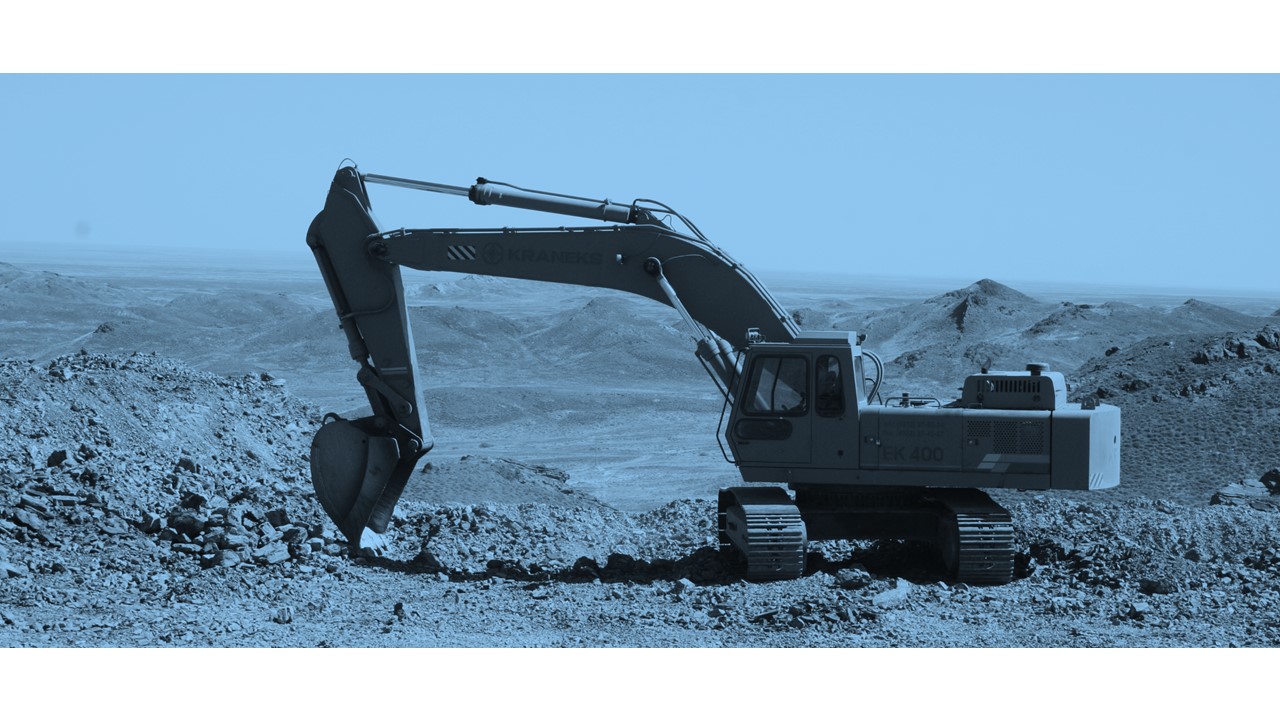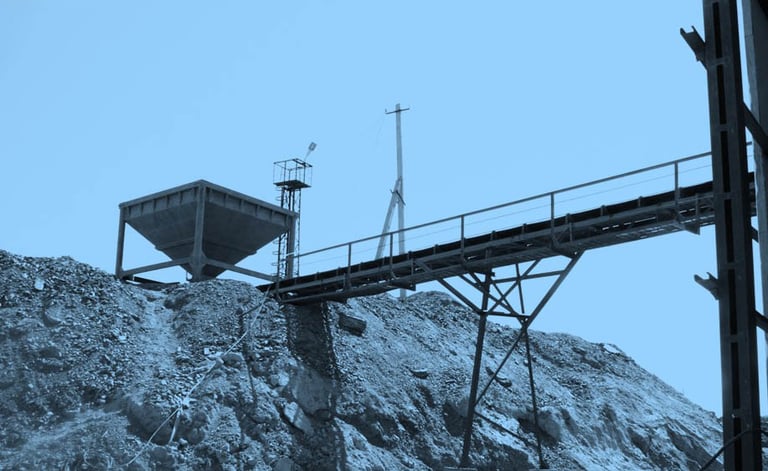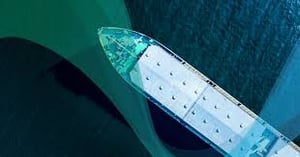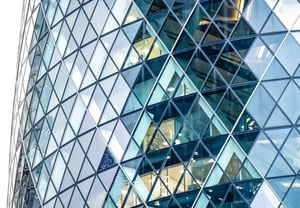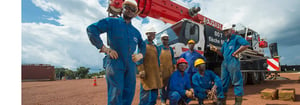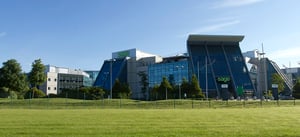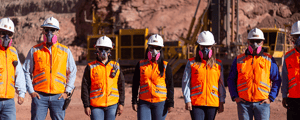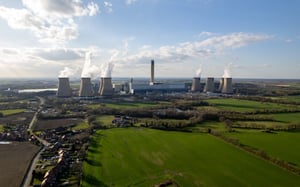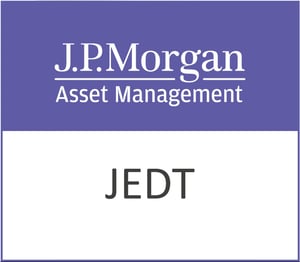Ferro-Alloy Resources Ltd (LON:FAR) Chief Executive Officer Nick Bridgen caught up with DirectorsTalk for an exclusive interview to discuss interim results, progress of the feasibility study, producing bi-products, existing operations, effects of the Ukraine invasion, the £8.2 million placing and what we can expect in the future from the company.
Q1: Nick, Ferro-Alloy Resources released interim results yesterday. Could you talk us through the period under review and the operating highlights?
A1: Well, the first thing to say of course, is that the main activity and the main driver of the value of our company is the feasibility study on the Balasausqandiq project. So, to that extent, the operating results are not so very interesting, but nonetheless, we’ve made good progress.
We made 95% increase in vanadium production, 150% increase in turnover compared with the same half last year, both of those really reflect the additional capacity we’ve put into the plant. We started making ferro-molybdenum for the first time, which gets us much, much more value for our molybdenum and I have to say there’s a lot more to come on the tweaks in the fourth quarter of this year but nonetheless, good progress.
Nevertheless there were some headwinds that made us a little bit disappointing and disappointed in the year. Raw material supplies were affected by the tail end of COVID and there were lots of transport delays, really as the world came out of COVID and put pressure on the transport systems and shortage of containers and such like. Ukraine caused that to change route on various of our routing and gave us some payments delay.
So, there were altogether quite a lot of headwinds that mean we didn’t quite achieve what we wanted to achieve, but in terms of the plant, it really is almost there. We’re waiting on a couple of deliveries from suppliers that will really unlock the value of this current business.
Q2: Now, you mentioned the feasibility study. What is the latest there and when can we receive any results from the study?
A2: Of course, feasibility studies in their nature tend to be backend loaded and you get all the results towards the end, but we’ve almost completed the drilling programme, there’s a little bit left that’s difficult to access that we’re pondering what to do, but it’s nearly completed.
We’ve got some assaying to do, which will take quite a while but by around the end of the year, we should have the results and the new resource estimates which shall be exciting because we’re drilling for the first time ore bodies, two, three and four. So there’ll be a very large increase on the resource and reserve that we’ve already been quoting.
Metallurgy, we’ve done enough of it to know what the recovery into leach is, that’s how much gets dissolved into the liqueurs and that’s the main recovery number, that’s 93% plus, which of course we knew because we’d operated a pilot plant, but it’s good to have it confirmed independently.
So, the two biggies, the resource and metallurgy will be coming out around the end of the year and those are the main determinants of the value of the project.
There one other exciting thing to look forward to, and that is the carbon. We’ve been doing a lot of work on the carbon, now about 14% of our ore is made up of carbon and it seems to be a potentially high value form of carbon in that it’s physically and chemically the same as carbon black. Now, carbon black is a very valuable, expensive form of carbon, it’s characterized by having a very small particle size and large surface area, and it normally is used as a filler in making rubber, it’s what makes tires black and it’s a $20 billion industry worldwide.
What we’ve proven now with a specialist rubber university and some work of our own is that we can make a concentrate of that carbon and that concentrate can be used as a substitute for carbon black. Obviously, ours is about 40% carbon, and it has other things in it, but nevertheless, we’ve proven that it can be used in substitution with no degradation in performance of the rubber. So, that opens the door to us to a much higher value outlet for this carbon than we were previously assuming and, in fact, if you value it on a substitution basis, for the value of the carbon black that it replaces, it is a co-product and worth the same or more as the vanadium. It’s oil price dependent so it doesn’t fluctuate quite a lot but it is a high value form of carbon.
So, so that’s the only material change and that’s significantly upwards from what we already knew about the project.
Q3: The statement talks of valuable by-products that will be produced, what does this mean for the company?
A3: Like I say, we haven’t had any commercial negotiations on the carbon. Carbon is by far the most significant of what we used to call by-products, but as I say, we may have to rename as a co-product. We’re also going to recover a little bit of uranium, molybdenum, aluminium and potassium in the form of potassium alum, that will all be coming out in the wash, but they’re relatively insignificant.
Q4: What developments have been made in the period on the existing operations and how is it impacting production numbers?
A4: Well, as I said at the beginning, we have a very big increase in throughput compared with the last year in spite of those headwinds so I think when we are forecasting, we assume that without these head headwinds, life is settling down, I know Ukraine is still going on, without those headwinds, we are looking forward to another say 50% increase in throughput compared with the first half of this year.
The main things that we’ve been working on, a new molybdenum recovery circuit, which will greatly increase the amount of molybdenum that we can recover from each tonne we treat and a nickel concentrate line, which will enable us to get much closer to the full value of the nickel content of the raw materials that we’re treating. I should say that as part of the nickel project, we will repulpate the material and that will give us a second stab at a vanadium recovery so we’ll will increase the vanadium recovery as well.
So, what we’re talking about is more than doubling the amount of valuable metals recovered from each tonne that we treat so with very little increase in cost of sales, we double our revenue, which is why the plant suddenly becomes a lot more profitable after these tweaks.
We’ve done all this work, but unfortunately, we’re waiting on a couple of bits of kit, more resin, and that’s holding things up but we expect to be away sometime in the fourth quarter. So, by the end of the year, we’ll have this plant on song, doing everything we wanted it to do and look forward to good results from the end of this year onwards.
Q5: You mentioned Ukraine, how have operations been affected by there?
A5: Of course Ukraine is a long way away so there’s no direct effect at all. The issues have been our larger bank payments have been held up, really as banks check on all the reasons, and of course, some of our payments have convoluted routing so we have our own bank asking questions, the correspond bank asking questions and the recipient bank asking questions. So, that did delay as one of our very important payments for raw materials was held up by more than a month.
The main worry is on transport routes because if you look at the map of Kazakhstan, you can see there’s mountains between Kazakhstan and China with limited passes through to the south of the other ‘stans’ if you like, the Himalayas and to the west is the Caspian. So, the bulk of transport in and out of the country goes through Russia, now those other routes are being expanded so the danger is not significant and, in any case, there has never been any sanctions to stop goods transiting Russia, and then entering Europe. It’s more of a worry than a reality, certainly there were some delays and certainly transport costs have risen significantly although how much of that is due to Ukraine and how much of that is due to the world economy starting to get going after the COVID shutdowns, it’s hard to say.
No direct effects, certainly Kazakhstan plays a very good political game, being friendly with everybody, with China, with Russia, and with the West so we don’t expect any repercussions directly, but transport is the one to watch. That I suppose is underlying why we’ve done this capital raise.
Q6: So, it was placing yesterday of £8.2 million, what are the funds to be used for and how far will the funds get you?
A6: The rationale is this, we’ve had these headwinds this year on the small plant, which means that we’re slightly behind on our cash flows to pay for the feasibility study and we don’t really want to delay the feasibility study. The Balasausqandiq project is 96% of our value, we don’t want the tail to work the dog, we want to make sure we have enough money to do a really first class study on time and get on with this project. So, we could have gone slowly and slowed down the feasibility study to suit the cash flows that we have, but we decided to properly fund it so that it can get going whatever headwinds, whatever geopolitics can throw at us and that gets going.
Of course, the money that we make from the small plant, we still do expect to make a lot of money out of this small plant, $10 million a year is the target for when these last tweaks have been implemented. That money will go onto front end engineering and perhaps early lead time, it would allow us to really accelerate the project. If we can get this project in six months earlier, it will have been worth the raise so that’s our objective and that’s the reason.
Of course, the money is going on to the expanded feasibility study and will enable us to staff up and get the right people on board, ready for the project and some things like that. The main objective is to ensure us against whatever headwinds might afflict us on this small plant so we are not held hostage fortune by the outcome of this small plant, which is only 4% of our projected NPV.
Q7: Finally, what can we expect from Ferro-Alloy Resources in the future?
A7: We’ve got a really quite exciting 12 months ahead of us. We’ve got all these tweaks to the small plant, that I talked about, they’ll all come on and we’ll be announcing them as they happen in the fourth quarter. The feasibility study results on the metallurgy and the new resource estimate which should be a big increase on the old one and then the feasibility study itself is due out around the middle of next year.
So, quite an exciting time for the next 9/10 months and then of course the project to come after that.

